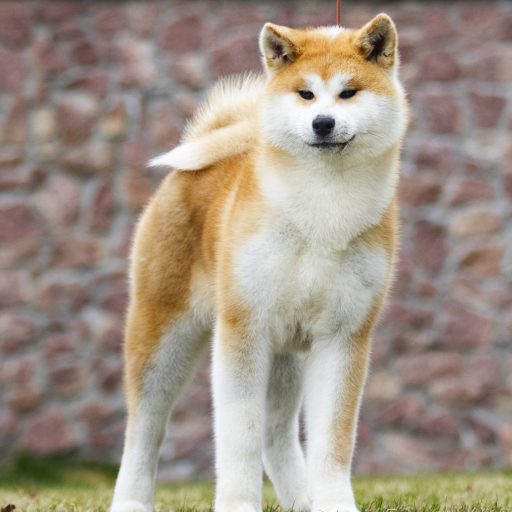The Cochin hen is full of qualities. She is very nice despite her imposing size, particularly pretty with her avalanche of feathers and she has nevertheless managed to keep a rustic character and good egg-laying skills despite the many genetic selections over the centuries. A sturdy, bushy hen that lays eggs even in winter.
Physical peculiarities
The Cochin hen is massive and fluffy, she is covered with feathers from beak to tarsi. Legs and toes should be fully feathered so that when viewed from the side, the limbs cannot be seen. The silhouette can be described as a rounded heart shape as the feathers are puffy on the thighs. The tail is fully feathered. Its abundant plumage makes it seem even heavier than it is, even if it weighs a very good weight for a hen.
Egg template: 55/65g. Brown shell.
Plumage: black, white, fawn, bluish, cuckoo, black pebbled white, partridge gold with mesh, silver with black borders, gold with black borders.
Eyes: orange-red irises.
Beak: short, arched, yellow or horn in color, the darker the bird, the darker the beak in general.
Crest: simple, five teeth, red.
Chest: broad and well developed.
Mumps: red.
Tarsi: large, yellow, almost fully feathered, 4 toes.
Behavior and character
Cochin hens are gentle giants. They are calm and friendly birds, even roosters are known to be quite gentle.
These big, pretty ladies are very easy to handle (as long as you can carry their weight) and make perfect pets for families with children. Their love truly knows no bounds. Cochin hens are even often used as surrogate mothers to hatch and sit on another hen’s eggs.
If you want a laid-back hen that won’t venture too far from the coop, the Cochin is for you. They are not very active and tend to put on a few pounds if fed too many treats.
Feed
The Cochin hen is satisfied with a classic diet for laying hens. A mixture of cereals is suitable, limiting the fattier cereals (wheat, corn, etc.). The same goes for treats and table scraps that must be limited to prevent your hen from gaining too much weight. They don’t scratch the ground much, but if allowed to roam freely they will spend most of their time hanging around feeders. It is therefore necessary to ensure that your Cochin hen does not only occupy herself by eating.
Reproduction
Like most large breeds, the Cochin is late fertile (around 7 to 8 months). Her maternal instinct is highly developed. She willingly sits on the eggs during her brooding period (spring, summer). As explained above, they can also serve as foster mothers for solitary chicks. If you want to see your Cochin educate young, be sure to make introductions and examine his behavior towards them.
Health
Cochin hens are prone to obesity. They are fairly lazy hens that do not forage for much, preferring to eat whatever is right in front of them. Considering their size and weight, it is best to have lower perches to avoid leg injuries.
Some recommend rationing the Cochin. If you have a mixed flock this could be difficult to control, so it is advisable to either weigh the hens regularly or check that they are at all active.
As with all feathered hens, external parasites, such as lice and mites, should be checked carefully and regularly.
Apart from these concerns, Cochin hens seem to be healthy birds and can live to be around 10 years old.
Place of life
This tendency towards laziness and obesity makes it an easy target for predators, so it’s best to keep the Cochin in a fenced-in area away from intruders.
Anyway, the Cochin hens are satisfied with little, there is no problem in limiting their course. They are not lovers of large spaces, and they will gladly spend their time in a wire fence, with a small patch of grass to search the ground a little every day. Cochin hens are too heavy to fly, so they don’t have to go to neighbors or end up in an awkward place. Thanks to their slow growth, sturdy build and hardy nature, Cochins are cold hardy. Their plumage extends all the way to the toes, so muddy weather is not ideal as clumps of dirt can form which will then be difficult to get rid of.
Breed History
The Cochin appeared in the West in the 1840s. Its name












